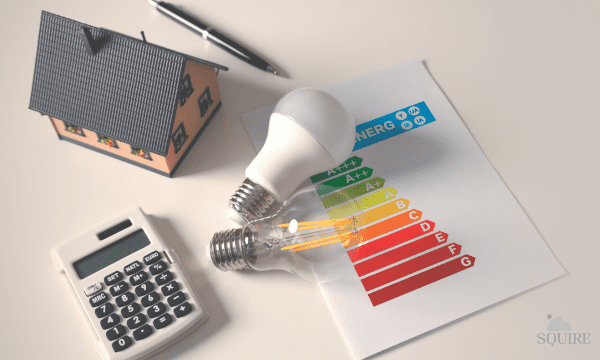
Saving Green by Going Green: An Overview of the Energy-Efficient Home Credit
The Energy-Efficient Home Credit (IRC § 45L) provides tax credits to eligible contractors for constructing, reconstructing, or renovating energy-efficient residential properties. The credit is designed to encourage the creation of energy-efficient homes. This credit provides an excellent opportunity to reduce tax liability while promoting sustainable energy consumption.
How To Qualify for the Credit:
As with all tax credits, there are a few criteria that need to be met. To qualify for the Energy-Efficient Home Credit, the contractor or developer must do the following:
- Build or renovate single-family homes, which could include manufactured homes, or multifamily properties in the United States.
- Own the property and have a financial basis in it during construction.
- Sell or lease the property for residential use.
- Meet energy-saving standards set by either:
- The Department of Energy’s Zero Energy Ready Home (ZERH) program, or the ENERGY STAR (ES) program.
What is the Process of Claiming the Credit?
Securing the certification from the Department of Energy’s Zero Energy Ready Home or the ENERGY STAR program usually becomes the part where most contractors and developers have questions.
The difference between these two programs lies in the energy-efficiency standards they require:
- ENERGY STAR: Focuses on reducing energy consumption compared to standard homes.
- Zero Energy Ready Home: Goes a step further, ensuring homes are built to near-zero energy consumption standards.
The certification process for either certification includes four key phases:
- Register: Partner with the respective program and certified raters.
- Design: Work with a rater during the design phase to align with program standards.
- Build: Construct homes to meet the energy-efficiency targets.
- Certify: Ensure compliance through checklists and inspections verified by the rater, submitting the results to the program.
How Much Is the Credit Amount?
Each certification offers a different credit amount. This amount depends not only on meeting the qualification requirements, but also takes into account the wages paid out on the construction of the structure, called the prevailing wage. Rates are determined by the Secretary of Labor and listed on the latest wage rate table.
The ENERGY STAR program offers a tax credit of $500 per unit, if the prevailing wage requirements aren’t met. If they’re met, that credit increases to $2,500 per unit built.
In the Zero Energy Ready Home program, the credit is doubled. The credit becomes $1,000 per multifamily unit built without the prevailing wage requirement met and $5,000 per unit if the wage requirement is met.
How to Claim the Tax Credit?
As with all things tax-related, keeping and maintaining detailed records is key. Contractors should hold on to the energy-efficient certifications, as well as proof of property acquisition and sales or leasing documentation and wages paid during construction to supply the supporting materials for the credit calculation.
The credit is applied in the tax year the home is sold or leased or residential use, calculated using the Form 8908 and reported on Form 3800. This is where having a certified public accountant and tax credit expert from Squire’s award-winning staff can make life much easier.
For questions or assistance with the Energy-Efficient Home Credit, reach out to Sandra Bullock at sandradb@squire.com.